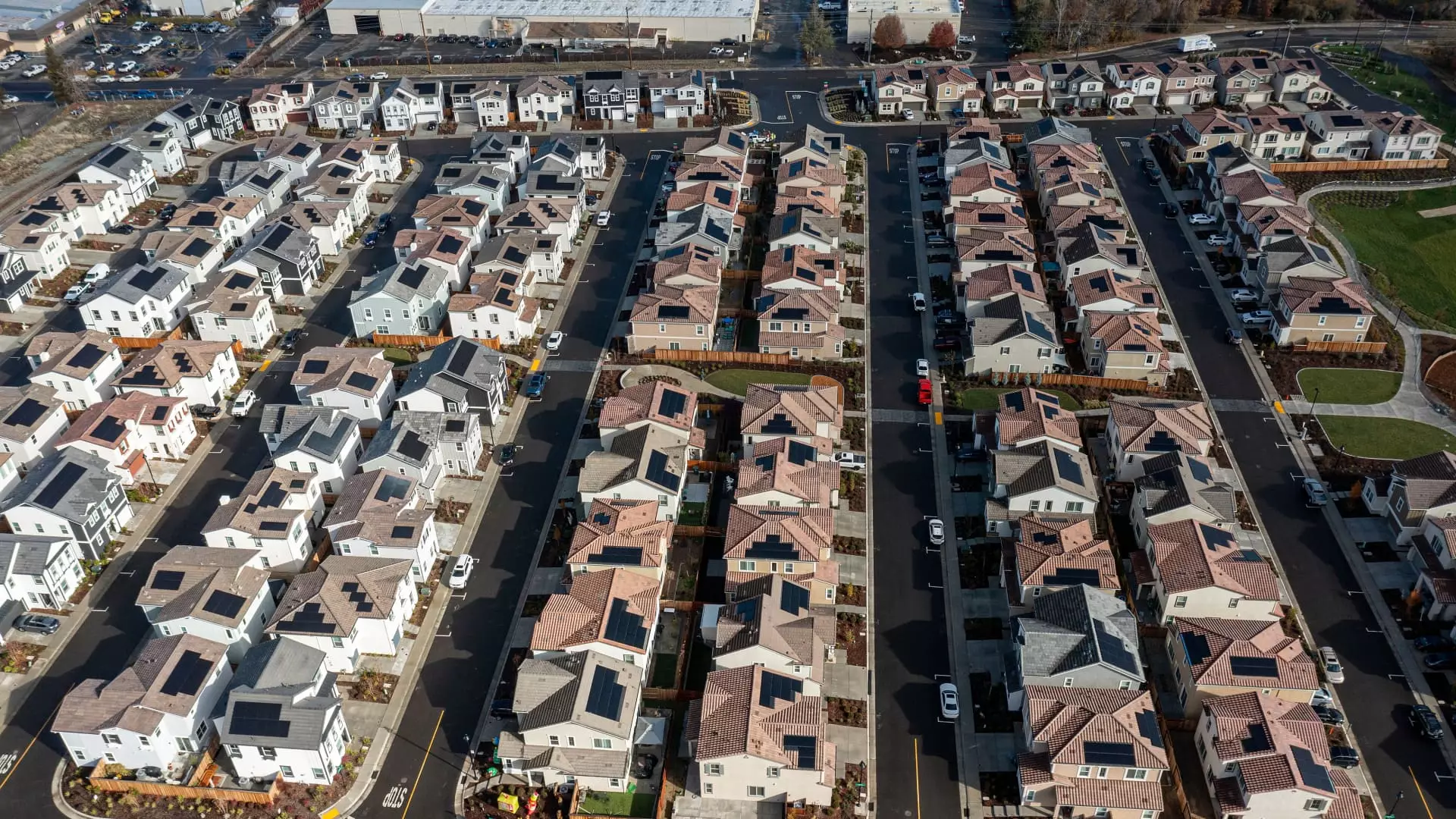The real estate market in April saw yet another record-breaking surge in home prices, with a 6.3% increase compared to the previous year. This growth occurred despite a sharp rise in the average rate on the 30-year fixed mortgage, jumping from 6.9% to 7.5% in April. Despite conventional wisdom suggesting that rising mortgage rates would weaken prices, the current housing market is proving to be unprecedented in its dynamics.
Although there are signs of the annual and monthly gains on the price index slowing down slightly, the housing market continues to face significant challenges in terms of affordability. March’s annual gain was 6.5%, contributing to one of the least affordable housing markets in U.S. history for both homeownership and renting. Home prices have surged by 47% since early 2020, with the median sale price now five times the median household income.
Rental prices have also seen a substantial increase, rising by 26% since 2020 and continuing to climb in three out of every five markets. More than 22 million renter households, half of the total, spend over 30% of their income on housing, while 12 million of these households allocate over half their income towards rent. On the other hand, 20 million homeowners are considered cost-burdened by their monthly payments. These levels of cost burden represent all-time highs, posing significant challenges to both renters and homeowners alike.
The imbalance in supply and demand remains a key driver in supporting rising home prices. Housing supply was already at a low point before the Covid pandemic due to the slow recovery of homebuilders from the 2008 financial crisis. The pandemic-induced surge in demand further exacerbated the housing supply shortage, pushing supply to record lows for several years. While there has been an increase in supply, with new listings rising by 11% in April from March and 16% from April 2023, total for-sale inventory has gone up by 18% year over year. Despite these improvements, supply remains constrained, particularly when compared with robust demand levels.
The sudden increase in mortgage rates in April has further strained housing affordability, pushing it out of reach for many potential buyers. This has led to a rise in the share of listings with a price cut, with April seeing a 22.4% rate, the highest in the past six years. While there was a relative slowdown in April sales, well-priced homes continued to sell quickly, with an average of just 13 days on the market. Inventory levels rose to a 3.7-month supply in May, indicating a slight shift towards a more balanced market between buyers and sellers.
The current housing market poses significant challenges, with record-high prices, affordability concerns, and an imbalance between supply and demand. The impact of rising mortgage rates, combined with ongoing cost burdens for both renters and homeowners, underlines the urgent need for comprehensive solutions to address these issues and ensure a more sustainable and inclusive housing market for all.

